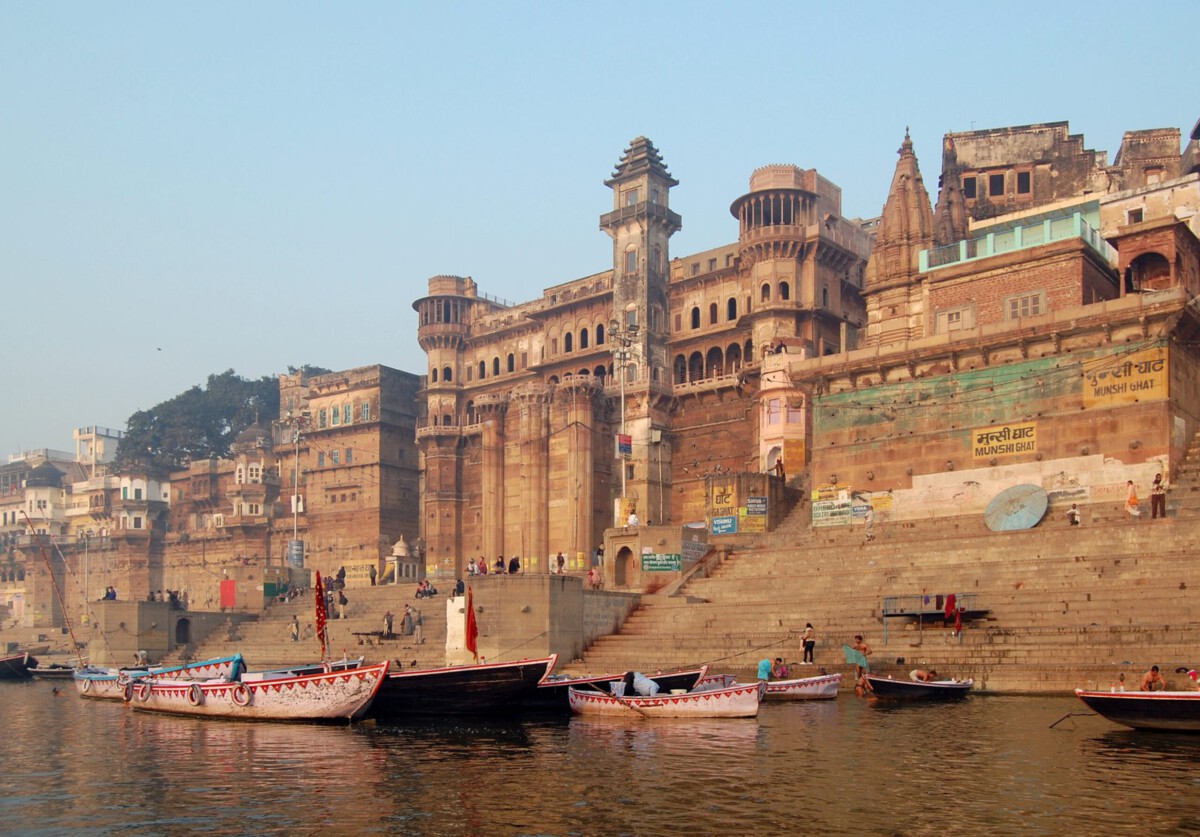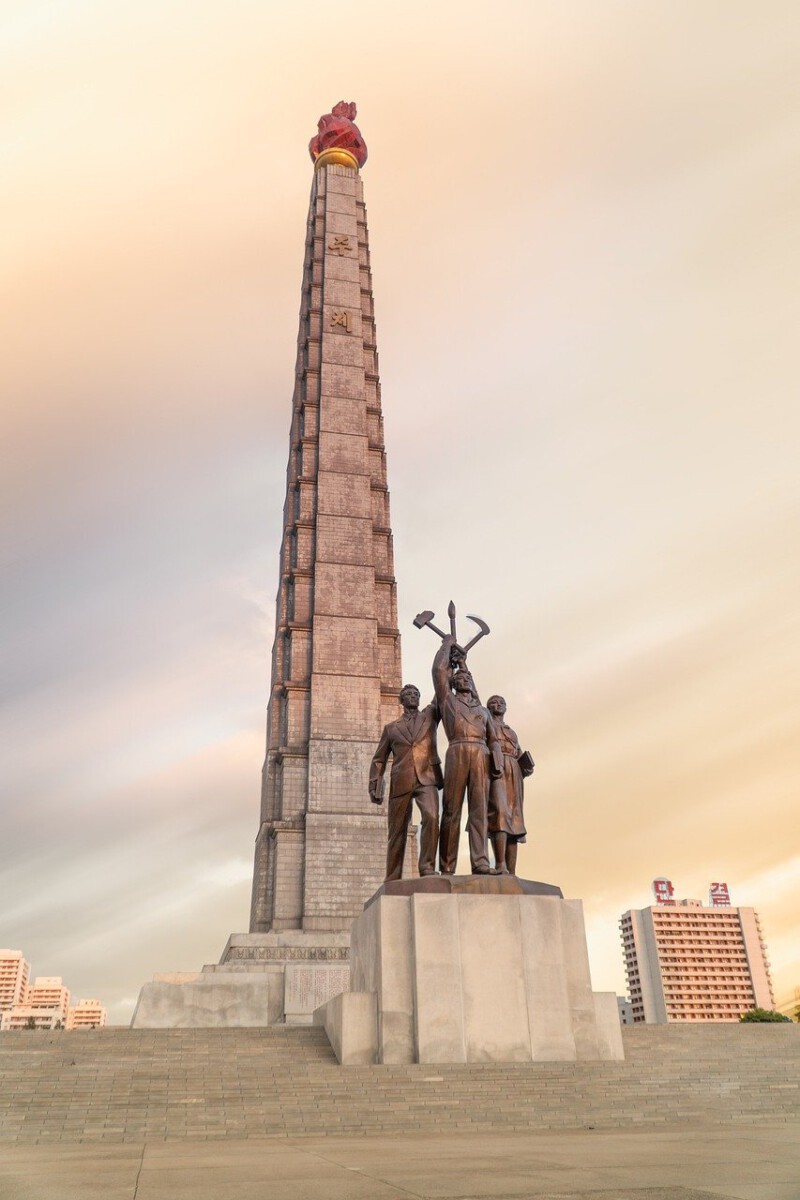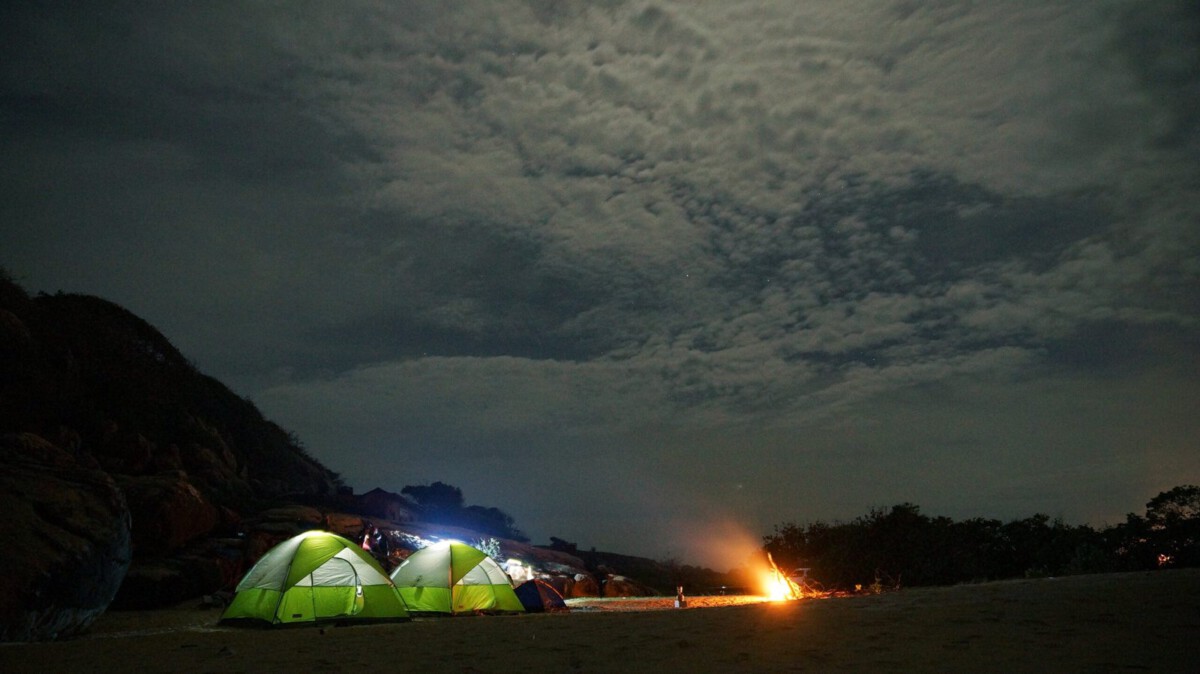The Spiritual Heartbeat of Varanasi

Varanasi, known as Kashi or the City of Light, pulses with an energy that many describe as otherworldly. It is one of the world’s oldest continuously inhabited cities, with roots stretching back more than 3,000 years. For Hindus, Varanasi is the holiest place on earth, a city where the boundary between life and death blurs in a dance of rituals, prayers, and timeless beliefs. Local tradition holds that dying in Varanasi guarantees moksha—freedom from the endless cycle of birth and rebirth. As many as 60% of Varanasi’s visitors come seeking spiritual comfort, making pilgrimage to its sacred temples and riverbanks. Walking its winding alleys, the scent of incense and the sound of bells fill the air, creating a sensory tapestry that is both exhilarating and humbling. The spiritual gravity of Varanasi is impossible to ignore, tugging at the heart with a promise of peace beyond this world.
Life and Death on the Ghats
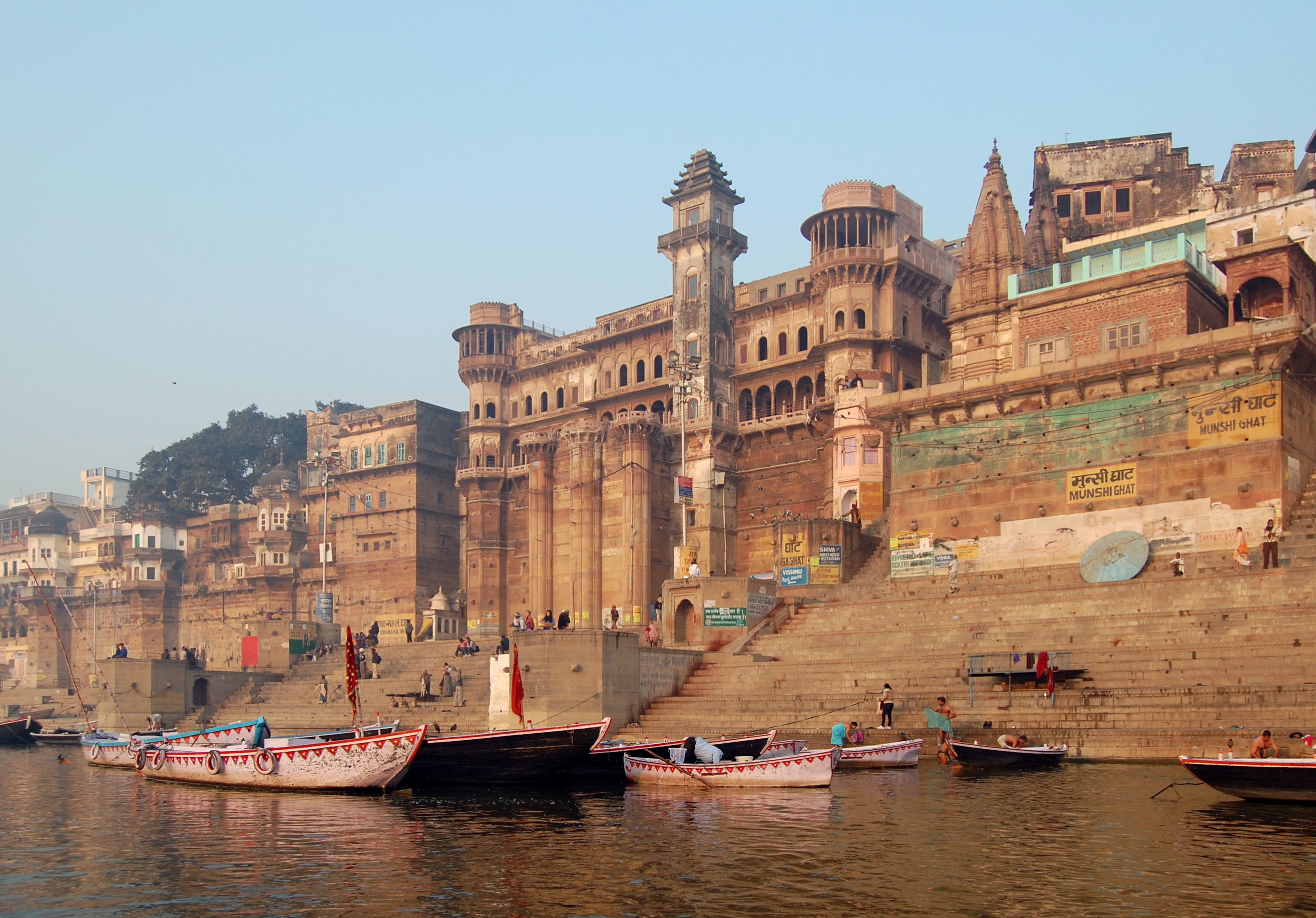
The ghats of Varanasi are perhaps its most iconic feature—a series of ancient stone steps leading down to the sacred Ganges River. There are more than 80 ghats, each with its own special meaning and history. The Dashashwamedh Ghat, for example, is famous for its mesmerizing Ganga Aarti, a nightly ritual that attracts crowds from around the world. Here, priests move with choreographed grace, swinging flaming lamps as chants and music echo over the water. Yet, just a short walk away, the Manikarnika Ghat reveals a different scene: the open-air cremations that have given Varanasi its reputation as the City of Death. The living and the dead share this space—pilgrims bathe, children play, and funeral pyres crackle, all at once. The contrast is both shocking and beautiful, a reminder of life’s fragility and the city’s profound acceptance of mortality.
The Sacred Ritual of Cremation
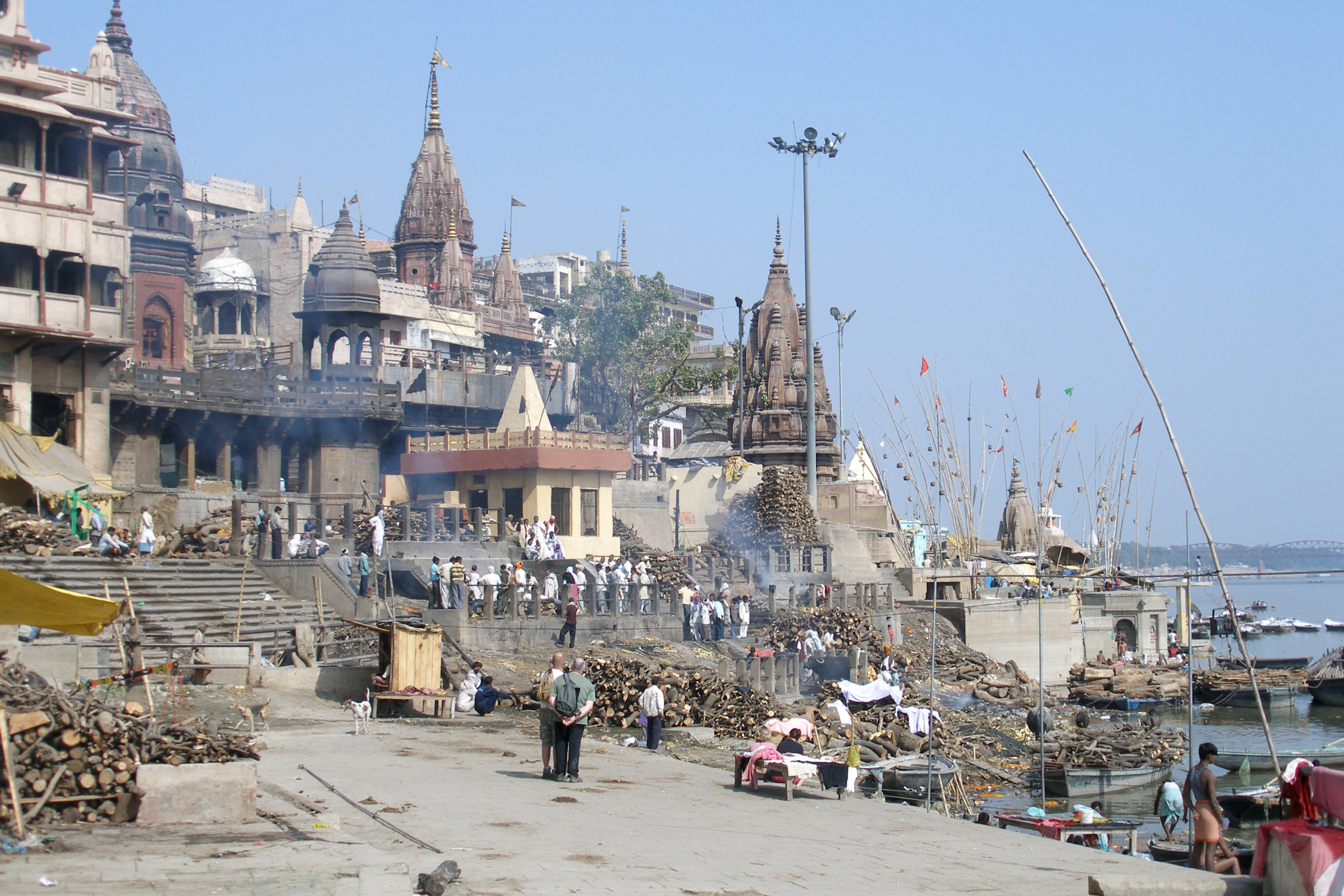
Cremation in Varanasi is a deeply spiritual process, steeped in tradition and reverence. At Manikarnika Ghat—the city’s busiest cremation site—an estimated 200 cremations take place every day. The ritual is detailed: bodies are wrapped in white cloth, sprinkled with holy water, and placed on wooden pyres, often made from sandalwood or mango wood. The eldest son or a close male relative lights the fire, marking the soul’s journey toward liberation. The air is thick with smoke and the scent of burning wood, yet there is a sense of peace that settles over the scene. Families gather to mourn and pray, but there’s also a feeling of acceptance, as if the city itself absorbs their grief and transforms it into something sacred. For many, witnessing a cremation at Varanasi is a powerful, life-changing experience.
The Ganges: River of Life and Death
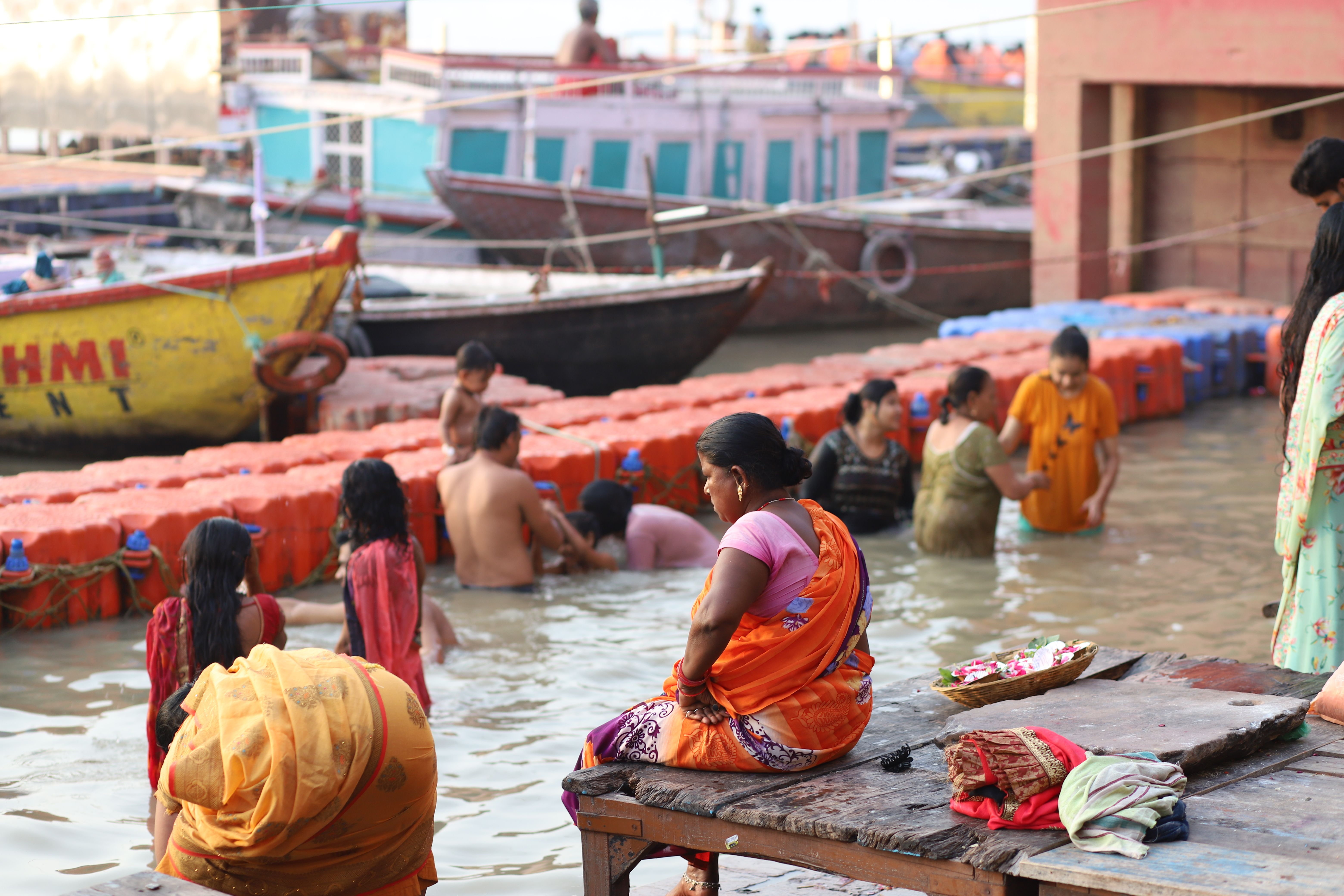
The Ganges River is the lifeblood of Varanasi, revered as a goddess and mother by millions. Locals depend on it for drinking water, bathing, and agriculture, while pilgrims believe its waters wash away sins. Yet, the river faces dire environmental challenges—over 80% of its water is considered polluted, according to recent studies. Efforts like the National Mission for Clean Ganga aim to reduce contamination, with a goal of significant improvement by 2025. Despite its pollution, the Ganges remains a place of renewal and hope. Dawn and dusk find people gathered at its banks, performing rituals, offering flowers, and sending small oil lamps floating downstream. The river’s resilience mirrors that of the city: battered but enduring, sacred despite its struggles.
Festivals and Celebrations: Varanasi’s Living Culture

Varanasi is a city that loves to celebrate. Throughout the year, its streets and ghats come alive with festivals that draw visitors from across India and beyond. Dev Deepawali, held in November, sees thousands of tiny oil lamps transform the ghats into a golden staircase of light—a sight so breathtaking it seems to belong to another world. During Mahashivaratri, devotees fast, pray, and keep vigil through the night, filling the city with music and devotion. These festivals are not just religious events; they are celebrations of life, color, and community. The energy is infectious, and even first-time visitors find themselves swept up in the city’s joyful spirit. The blend of ancient rituals and vibrant festivities makes every visit to Varanasi unforgettable.
Street Food and Flavors: A Culinary Adventure
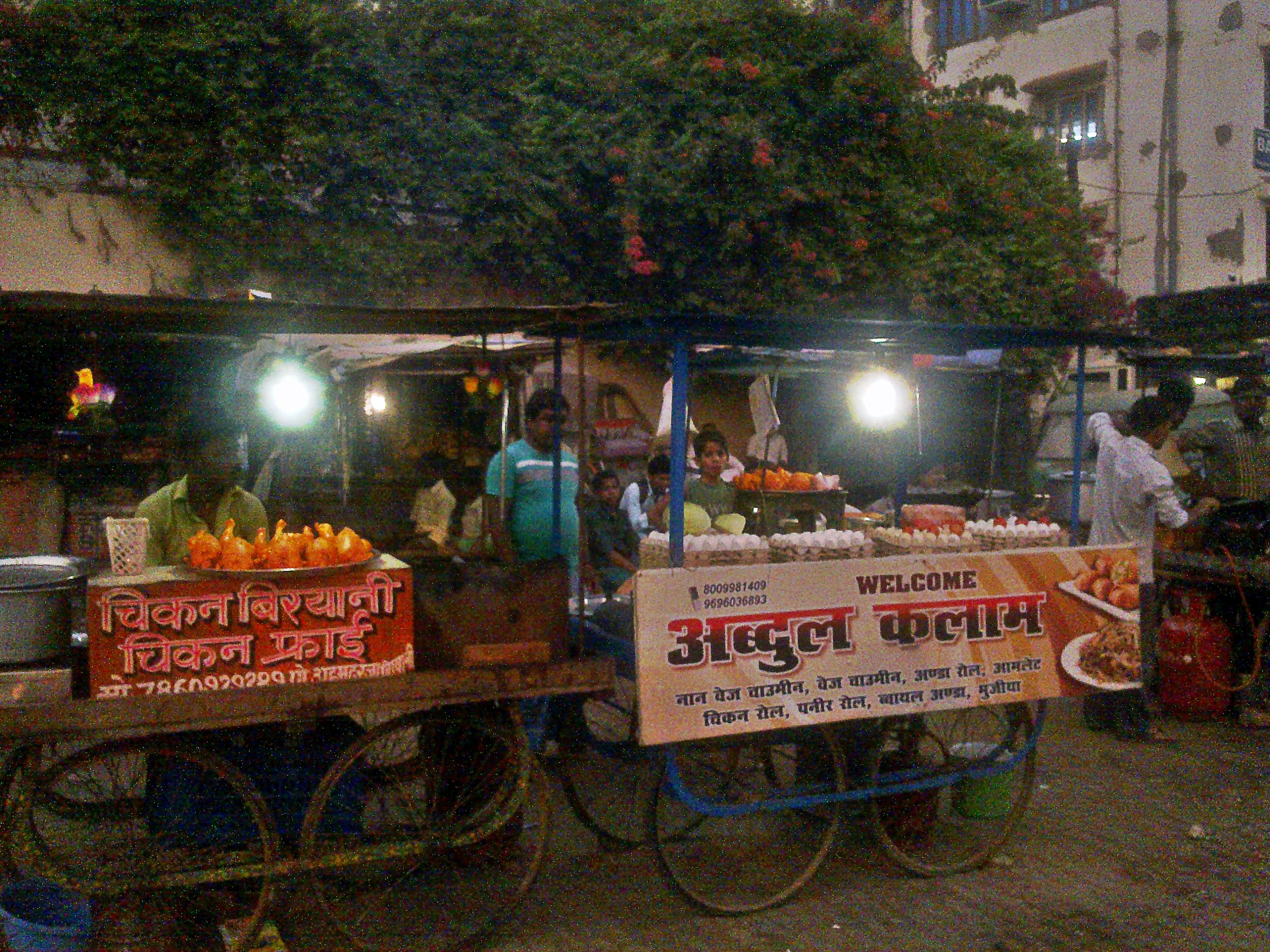
Varanasi’s food scene is a delicious reflection of its diverse heritage. The city is famous for its street food, with vendors lining the lanes, serving up spicy chaat, crispy kachori, and velvety lassi. The aroma of frying snacks and sweet treats like the iconic Benarasi peda fills the air, tempting locals and tourists alike. According to a 2022 food survey, Varanasi ranks among India’s top five cities for street food, and it’s easy to see why. Eating here is more than just a meal—it’s an adventure for the senses. Each dish tells a story, shaped by centuries of tradition and the creative spirit of its people. Sampling the local cuisine is a highlight of any trip to Varanasi and a window into the city’s soul.
Banarasi Sarees: Heritage Woven in Silk

The artistry of Varanasi’s weavers is legendary. Banarasi sarees, known for their rich silk and intricate designs, are coveted across India and around the world. This centuries-old craft supports about 30,000 weavers in the city, many of whom work in small family workshops. The sarees, often adorned with gold or silver thread, are symbols of luxury and tradition, worn at weddings and festivals. Visitors can tour weaving centers, watching as artisans produce these stunning garments by hand. Buying a Banarasi saree is more than a souvenir—it’s a piece of Varanasi’s living history, woven with patience, skill, and pride.
The Buzzing Nightlife of the Holy City
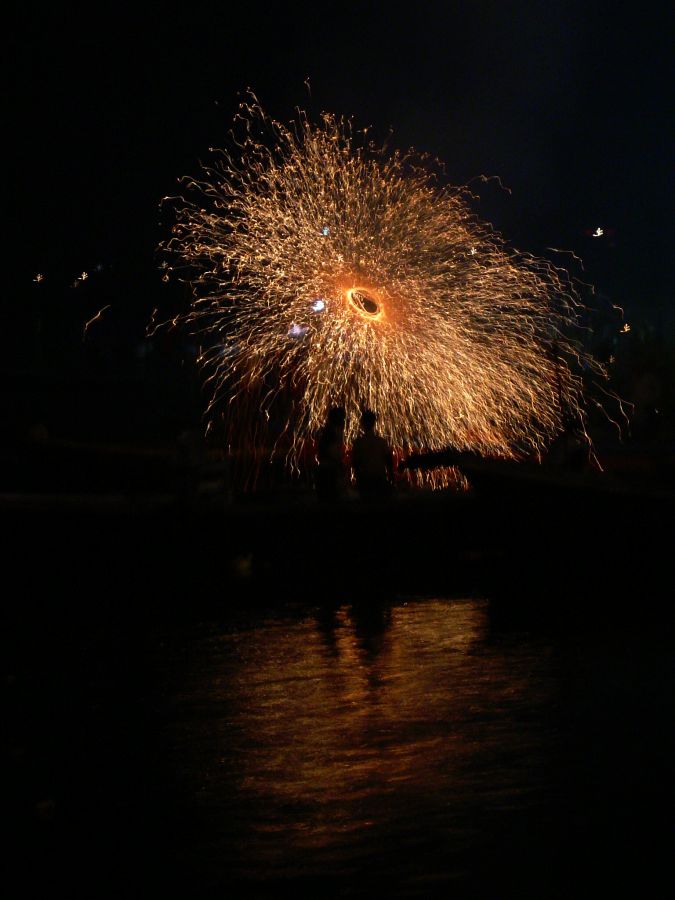
Varanasi surprises many with its lively nightlife scene. After sunset, the city takes on a new personality, with cafes and restaurants offering live classical music and dance performances. The nightly Ganga Aarti draws crowds to the riverfront, where the glow of lamps and the sound of chanting create a magical atmosphere. In the old city, hidden bars and cozy lounges provide a modern touch, serving local drinks and snacks. The blend of ancient rituals and contemporary entertainment makes Varanasi’s nights as memorable as its days. There’s a sense of camaraderie among visitors and locals, sharing stories and laughter under the stars.
Challenges and Change: Modern Varanasi

Despite its charm, Varanasi faces serious challenges as it adapts to modern life. The city grapples with pollution, especially along the Ganges and in its crowded streets. Overpopulation has put pressure on infrastructure, with waste management and clean water remaining persistent issues. Recent government programs, like the Smart City Mission, aim to modernize Varanasi while preserving its unique character. Balancing progress with tradition is a delicate task, and the city’s future depends on thoughtful planning and community involvement. Residents are hopeful, but they know that change must be handled with care to protect the spirit of this ancient city.
Art, Music, and Intellectual Legacy

Varanasi’s influence extends beyond religion; it is a cradle of Indian art, music, and scholarship. The city is the birthplace of legendary musicians like Ravi Shankar and poets such as Kabir. Classical music concerts and dance performances are a regular feature, often held in temples or on the ghats. Educational institutions like Banaras Hindu University attract students from across India and abroad, adding a youthful energy to the city’s ancient streets. Artisans create everything from miniature paintings to ornate brassware, keeping traditional crafts alive. For lovers of culture, Varanasi offers a feast for the mind and senses.
Daily Life: Chaos and Harmony
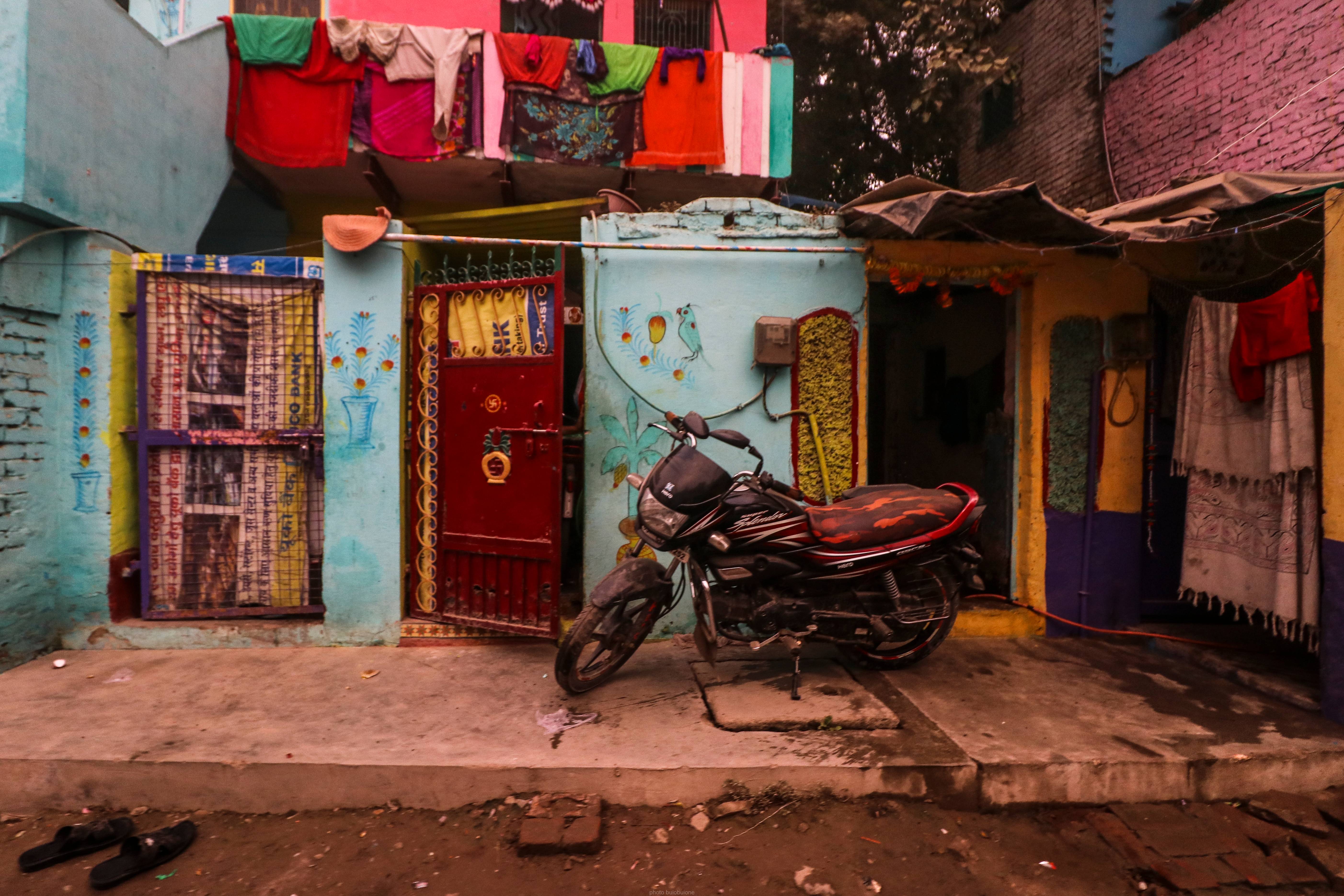
Life in Varanasi is a whirlwind of sights, sounds, and emotions. The city’s narrow lanes teem with rickshaws, cows, and pedestrians, creating a symphony of activity. Morning brings the call of temple bells, while evenings are filled with the laughter of children playing by the river. Despite the chaos, there’s a rhythm to daily life that locals embrace. People gather at tea stalls to chat and share news, while shopkeepers display colorful wares with pride. For visitors, adjusting to the pace of Varanasi can be both overwhelming and exhilarating, revealing the city’s unique harmony amid seeming disorder.

